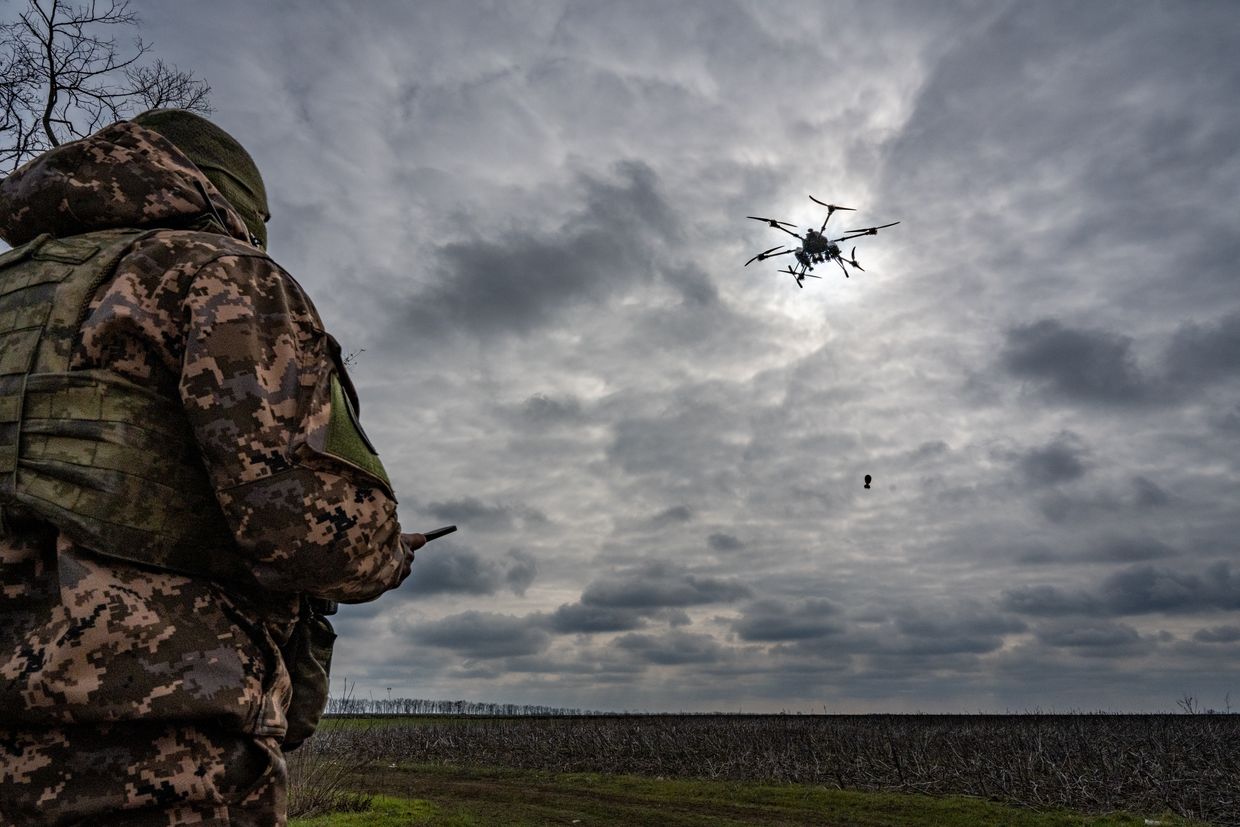Historical Roots: Propaganda from the Bolsheviks to the Soviets
The roots of Russian propaganda stretch back to the Bolshevik Revolution in 1917, when the newly established Soviet regime harnessed the power of disinformation to consolidate control. Lenin and the Bolsheviks understood that controlling the narrative was key to maintaining their grip on power. The creation of Agitprop (Agitation and Propaganda) departments ensured that every aspect of Soviet life, from education to entertainment, served the ideological goals of the state.
During Stalin’s reign, propaganda reached new heights. The cult of personality surrounding Stalin was built through carefully curated imagery, speeches, and media. Simultaneously, any dissenting voices were silenced through purges and repression. The narrative of Soviet strength and progress masked the harsh realities of famine, forced collectivization, and widespread fear.
The post-Stalin era saw the emergence of "managed dissent" under leaders like Khrushchev and Brezhnev, where limited criticism was allowed within state-defined boundaries, but the propaganda machine remained robust. Soviet propaganda during the Cold War focused on creating a dichotomy between the capitalist West and the socialist East, framing the USSR as a utopia of equality and progress despite internal struggles.
The Transition: From the Soviet Collapse to Putin’s Rule
The collapse of the Soviet Union in 1991 brought a brief period of relative openness. Independent media flourished, and for the first time in decades, many Russians were exposed to uncensored information. However, this era of glasnost and transparency was short-lived. By the late 1990s, economic turmoil and political instability created fertile ground for the resurgence of state propaganda.
When Vladimir Putin rose to power in 1999, he inherited a fractured nation longing for stability. Recognizing the power of media in shaping public opinion, Putin systematically reasserted state control over major television networks and newspapers. The Kremlin’s messaging shifted to emphasize themes of national pride, external threats, and the restoration of Russia’s global status. Under Putin, the propaganda machine has become a sophisticated and omnipresent force, blending Soviet-era techniques with modern technology to suppress dissent and maintain control over public perception.
A key player in modern disinformation efforts is the Internet Research Agency (IRA), founded in 2013 and financed by Yevgeny Prigozhin, a close ally of Putin. The IRA’s operations are emblematic of how the Kremlin uses social media to sow discord both domestically and internationally. By creating fake accounts, spreading divisive content, and amplifying state narratives, the IRA has successfully blurred the line between legitimate discourse and state-sponsored manipulation.
Domestically, the IRA floods platforms like VKontakte and Odnoklassniki with pro-Kremlin content, ensuring that Russian citizens are surrounded by narratives reinforcing state policies. Internationally, it uses platforms like Facebook, Twitter, and Instagram to target foreign audiences, meddle in elections, and amplify disinformation campaigns designed to undermine trust in democratic institutions.
The Financial Cost of Propaganda
Russia’s state budget reveals a staggering commitment to its propaganda machine. Billions of rubles are funneled annually into state-controlled media outlets like RT and Sputnik, alongside extensive censorship mechanisms overseen by Roskomnadzor, the federal body responsible for media oversight. However, these official figures represent only a fraction of the true costs of maintaining the Kremlin’s disinformation network.
Many aspects of Russia’s propaganda operations are covert and obfuscated, funneled through shadowy organizations like the IRA and funded via opaque channels. For instance, entities linked to Yevgeny Prigozhin have reportedly received substantial state contracts under the guise of "consulting" or "media development," concealing the actual expenditures on disinformation. This makes estimating the full cost of propaganda challenging, but experts suggest the total could run into several billion dollars annually when factoring in covert operations, cyber activities, and international influence campaigns.
A conservative breakdown of Russian propaganda expenditures might look like this:
- State-Controlled Media: $2-$3 billion annually, covering outlets like RT, Sputnik, and domestic state-run networks.
- Covert Operations: $500 million-$1 billion annually for activities like cyber operations and funding entities like the IRA.
- Local and Oligarch Contributions: $500 million-$1 billion annually for regional media and patriotic initiatives.
- International Influence Campaigns: $300 million-$500 million annually for cultural diplomacy, election meddling, and foreign lobbying efforts.
In total, Russia’s global propaganda operations are estimated to cost $3.5 billion to $5.5 billion annually. This staggering expenditure highlights the regime’s priorities: controlling information at home and abroad at the expense of neglected sectors like healthcare, infrastructure, and education.
The diversion of such extensive resources to disinformation underscores the systemic erosion of truth and accountability. For ordinary Russians, this means a state apparatus more invested in maintaining power than improving the lives of its citizens.
Control and Suppression: The Human Cost
Propaganda is not just about spinning tales; it’s about control. Within Russia, state media manufactures a narrative of pride and prosperity while demonizing dissenters as traitors or foreign agents. This tightly controlled information ecosystem stifles opposition and ensures that alternative perspectives rarely reach the public.
The result is an erosion of fundamental rights. Laws targeting “fake news” or labeling NGOs and journalists as “foreign agents” have silenced critical voices. Platforms like YouTube, Facebook, and independent Russian outlets are either blocked or heavily monitored. The average Russian citizen’s view of the world is filtered through a lens designed to sustain the regime, leaving little room for critical thinking or informed decision-making.
The psychological toll of this control is profound. Research indicates that prolonged exposure to propaganda and restricted access to information can foster a sense of helplessness and apathy. This "learned helplessness" discourages individuals from questioning authority or pursuing collective action.
The Human Cost: Social and Mental Health Consequences
The pervasive nature of propaganda has cascading effects on the mental health and social fabric of Russian society. Constantly fed narratives of external threats and internal glory, many citizens grapple with cognitive dissonance—the clash between state narratives and lived realities. This dissonance contributes to:
- Mental Health Issues: Rates of depression, anxiety, and substance abuse remain high in Russia. The stigma surrounding mental health care, combined with systemic neglect, leaves many without adequate support.
- Interpersonal Strain: Propaganda-driven mistrust permeates relationships. Citizens are encouraged to report on neighbors or coworkers deemed "disloyal," fostering a climate of suspicion.
Broader Social Indicators
Propaganda's societal impacts are visible in key social metrics:
- Crime Rates: High levels of economic inequality and societal discontent contribute to rising crime rates.
- Divorce and Family Breakdown: Stress and economic hardship, compounded by a lack of social support, drive high divorce rates and family instability.
- Child Abandonment: The number of children in state care reflects systemic failures in family and social policy, exacerbated by economic struggles.
- Homelessness: Propaganda diverts attention from the growing issue of homelessness, leaving thousands without support in urban and rural areas.
Quality of Life Indicators: A Grim Reality
Behind the facade of grandeur portrayed by the Kremlin’s propaganda lies a sobering truth: many Russians live under challenging conditions. While the state promotes an image of strength and resilience, key quality-of-life indicators tell a different story:
- Healthcare: Many rural areas lack modern medical facilities, forcing citizens to travel long distances for basic care. Chronic underfunding of healthcare infrastructure and a reliance on outdated technologies exacerbate these issues. Corruption within the system further hampers access to quality care.
- Life Expectancy: Russia has one of the lowest life expectancy rates among developed nations, driven by high rates of alcoholism, smoking, poor public health policies, and preventable diseases. For men, in particular, the life expectancy remains shockingly low compared to global standards.
- Wages and Poverty: A significant portion of the population earns below the national average, with many families barely making ends meet. Wage stagnation, coupled with rising inflation, leaves little room for upward mobility. Rural regions are especially impacted, with higher poverty rates and fewer opportunities.
- Housing and Infrastructure: The quality of housing in many regions is dire, with old Soviet-era apartments falling into disrepair. Public infrastructure like roads, water systems, and public transportation suffers from neglect, leading to unsafe and unreliable services.
These struggles are compounded by the diversion of state resources toward propaganda and disinformation campaigns. Instead of addressing pressing social issues, the Kremlin prioritizes maintaining its grip on power and projecting strength abroad. This misallocation exacerbates existing disparities, leaving many citizens to fend for themselves in an increasingly unequal society.
Propaganda’s Role in Societal Discontent
The disconnect between propaganda and reality has profound implications for Russian society, creating widespread disillusionment and socio-economic stagnation. By crafting a narrative of external enemies and internal triumphs, the Kremlin not only fosters apathy and fear but also sustains an atmosphere of division and mistrust within communities. This makes collective action or dissent nearly impossible. Many citizens, inundated with state-controlled messaging, feel either coerced into accepting these narratives or too powerless to resist a system designed to suppress opposition.
For example, younger generations, often more skeptical of state narratives, find themselves blocked from accessing global perspectives due to internet restrictions. Tools like VPNs provide some access, but the fear of surveillance or reprisal often discourages their use. This isolation perpetuates a cycle of ignorance, frustration, and disengagement, effectively muting potential agents of change and stifling innovation and reform in Russian society.
Conclusion: A Call for Awareness
Russian propaganda is a double-edged sword. While it projects an image of strength abroad, it undermines the rights and well-being of its own people at home. By diverting resources to sustain disinformation and suppress dissent, the Kremlin sacrifices the potential for a healthier, more prosperous society.
This strategy of control comes at an immeasurable cost to the mental, social, and economic fabric of Russian life. Citizens endure restricted freedoms, widening inequalities, and declining public services, all while living under a state that prioritizes its grip on power over genuine progress. The cycle of disinformation leaves little room for critical thought, trapping millions in a state of dependency and disillusionment.
Globally, understanding the internal cost of Russian propaganda offers insight into the broader mechanics of authoritarian regimes. The narratives crafted within Russia are not just tools of oppression but templates for similar tactics used worldwide. By dissecting these strategies, we arm ourselves with knowledge to resist and counteract disinformation wherever it arises.
For those outside Russia, this serves as a reminder: disinformation is not just a geopolitical weapon but a tool of domestic oppression. Recognizing its impact on ordinary citizens is crucial to understanding the broader consequences of propaganda. By shedding light on these internal costs, we take a step toward fostering awareness, resilience, and solidarity with those who endure its effects daily.















